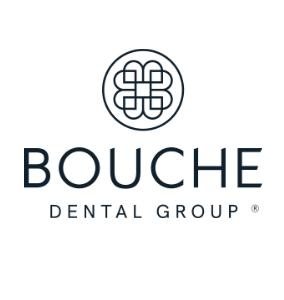Maxillofacial surgery is dedicated to the diagnosis and surgical treatment of alterations in the development of adult facial bones.
Maxillofacial surgery is the intervention that corrects dentofacial asymmetries with the aim of achieving a perfect balance of the face and teeth. Dentofacial dysmorphisms are quite frequent in the general population.



